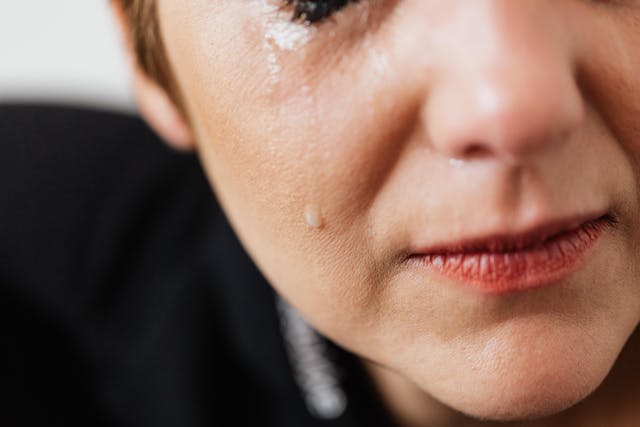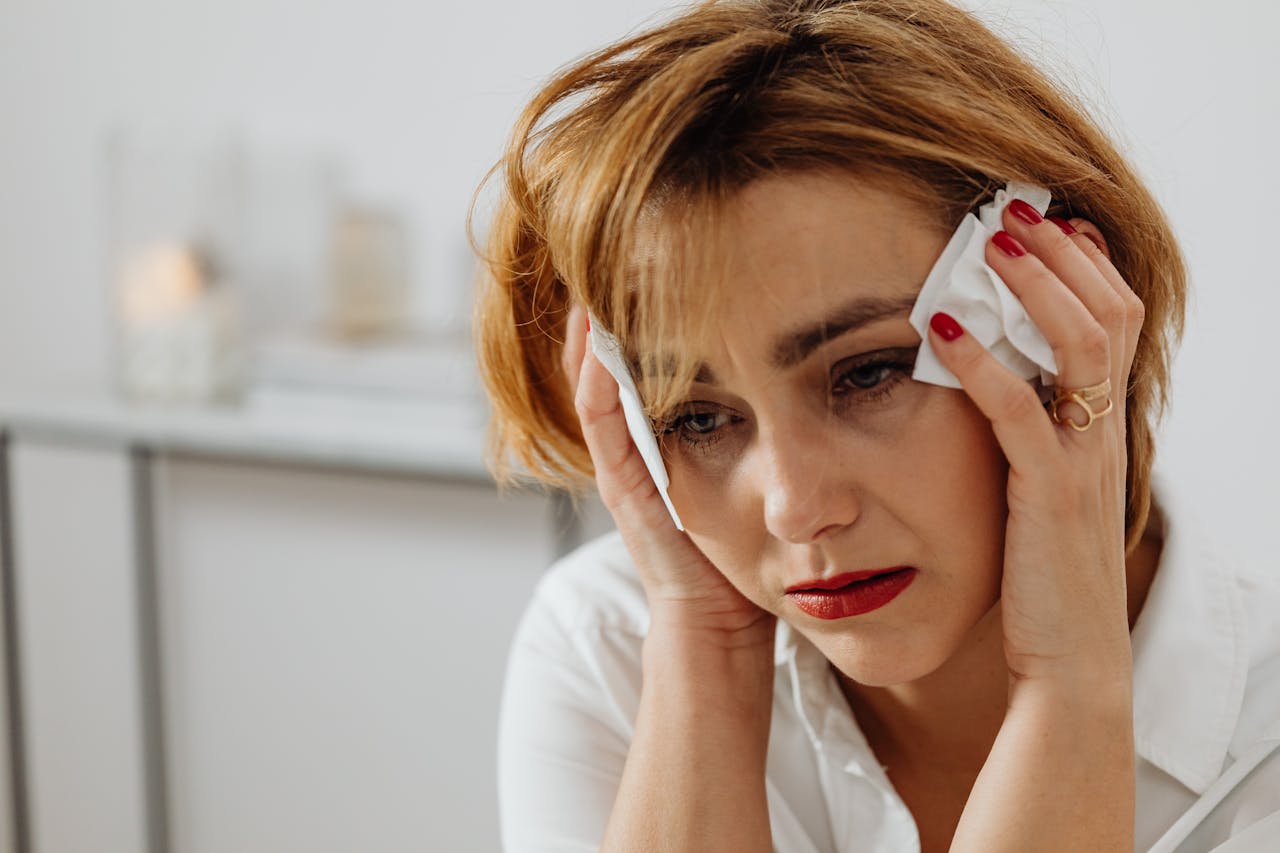When a person passes away at home or in the workplace, it can be a challenging time. There are strong emotions, a feeling of shock, and a need to handle many tasks quickly. Among these, reducing disease risk and trauma exposure is a key consideration. It’s not just about cleaning up; it’s about protecting health and well-being. Here’s a clear guide to help you navigate this delicate process safely.
Why Disease Risk Happens After Death
When a body starts to decompose, fluids and other materials may leak into nearby carpets, furniture, and flooring. Certain viruses and bacteria can survive in these fluids and become a health hazard. There are a range of diseases from hepatitis to HIV that could be present in a person’s fluids. Although the risk of disease spreading is not extremely high, it’s something you shouldn’t ignore. Reducing this risk is about acting quickly and safely. That means wearing protective gear and making sure the area is thoroughly cleaned and disinfected by trained people.
Trauma Exposure: Why It’s a Concern
Walking into a scene where a person has died, especially in cases of suicide, accident, or unattended death, can affect you profoundly. The sights, smells, and physical conditions can be overwhelming. Trauma is a unique reaction; it’s a human response to an abrupt or painful view of death. It can manifest in persistent stress, trouble sleeping, and feeling unsure about your surroundings. Reducing trauma means putting proper procedures in place to handle the scene respectfully and safely. Ideally, a professional team should manage the clean-up, letting you avoid direct exposure and the painful memories it may imprint.

The Immediate Actions To Take
Once you discover a death, the first step is to notify the proper authorities typically 911, and let the police or medical team handle the body. After their removal, you should avoid touching or disturbing anything in the area. It’s an opportunity for a professional team to assess what’s required for clean-up. Your main role is to stay back and avoid entering the scene. That reduces the risk of spreading fluids or disturbing potential hazards. It also helps ease trauma, letting you process the event from a physical and psychological distance.
Why Professional Cleanup Is Important
Professionals have specialized training and protective gear to deal with these situations safely. They follow strict protocols to handle fluids, dispose of materials, and disinfect all affected areas. Without proper cleaning, traces of viruses, bacteria, and fluids can remain. That means disease risk might continue, putting future occupants at risk. Furthermore, attempting to clean it yourself can expose you to health hazards and add trauma to an already difficult experience. Professional crews can do the job thoroughly and efficiently, letting you move forward safely.
Techniques to Reduce Disease Risk
Effective disease risk reduction involves specialized techniques. It starts with wearing protective equipment, from gloves to masks and suits. Then, a team will identify all the affected materials carpets, furniture, and flooring and dispose of whatever is porous or permeable. Non-porous or hard surfaces are scrubbed and disinfected with hospital-grade chemicals designed to kill viruses and bacteria. Air scrubbers may be used to purify the air and destroy lingering particles.
Support After Trauma Exposure
Reducing trauma is just as important as reducing health risks. Trauma can manifest in many ways trouble sleeping, vivid memories, and persistent stress. It’s a normal reaction to a dramatic event, and ignoring it can make recovery more challenging. Support from a counselor or support group can help ease these symptoms. Talking openly about your experience, whether with a professional or a close friend, lets you process it in a healthy way. There are many resources available to help people move forward after a trauma you do not have to face it all on your own.

In Conclusion
Reducing disease risk and trauma after death is a delicate process. It involves honoring the person who has …

